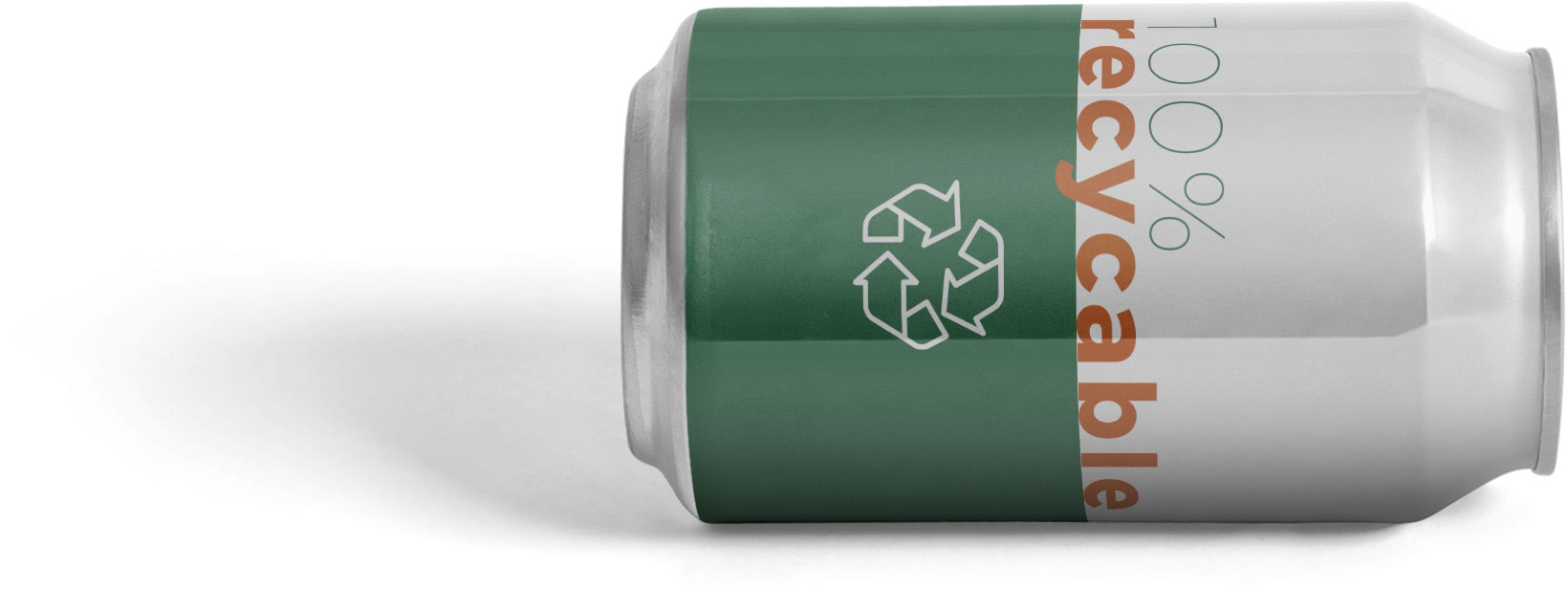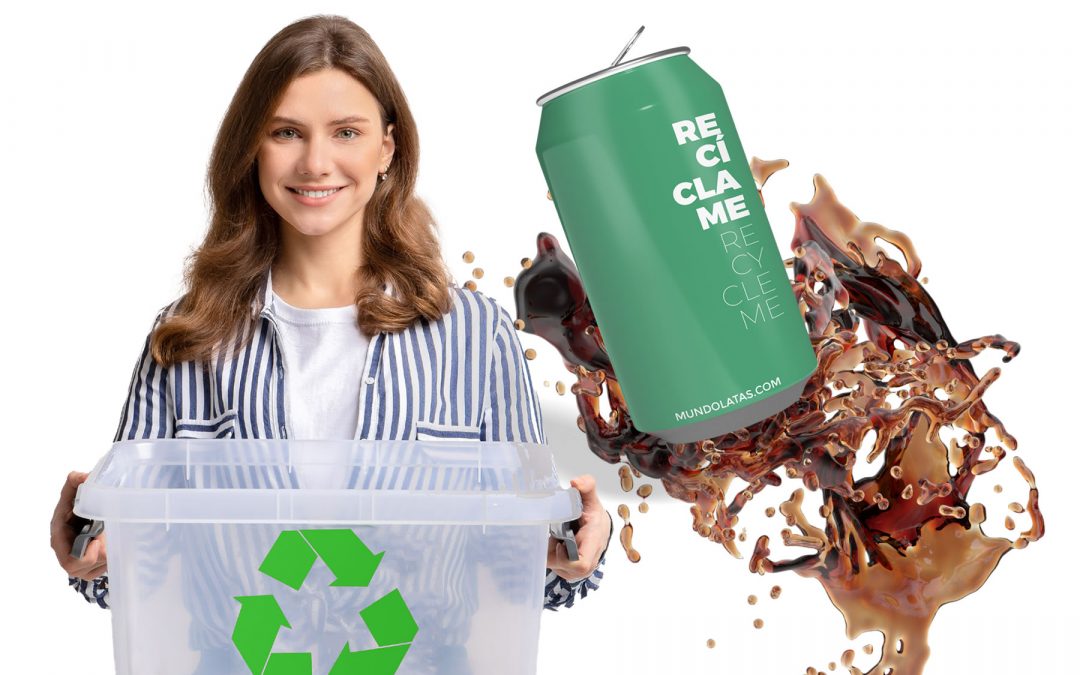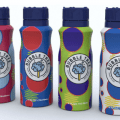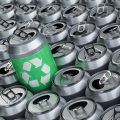The Sustainable Purchasing Report is a study conducted by Boston Consulting and recently published by Trivium, a world leader in metal packaging manufacturing. The market research was done on more than 15,000 consumers in Europe, North and South America. If already in 2020, sustainability was an important factor to be considered by consumers when making their purchasing choices, one year later and facing a totally different scenario, dominated by a pandemic, this factor continues to be important. Even younger people (under 44), especially, are willing to pay more for products in sustainable and environmentally friendly packaging. How?
PACKAGING DECISIONS
67% of consumers are still environmentally conscious. 83% of consumers, especially younger consumers, are willing to pay more for sustainable packaging. 13% more than last year. Many of them (20%) even indicated their willingness to pay 10% more than the price of the product if the packaging was environmentally friendly. A small decrease probably due to Covid19, since in 2020 they had expressed a willingness to pay up to 25% more for sustainable packaging.
68% of consumers find the recyclability of packaging important; however, the study highlights that perceptions do not always match facts. 1 in 3 consumers have reduced their prioritisation – due to Covid19 – in choosing sustainable packaging. According to various investigations, with the pandemic, factors such as hygiene and safety were the most important. Therefore, their purchase intent has revolved more around that priority.
CONSUMERS KEEP FOCUS ON SUSTAINABILITY
67% of consumers continue to be environmentally conscious, even (or because of) the pandemic.
67% consider it important to buy products in recyclable packaging.
64% consider it important that the packaging of the products they buy includes some recyclable material.
HOW THEIR BEHAVIOUR CAN BE INTERPRETED
According to the study, there is strong evidence that consumers engage in sustainability-driven purchasing behaviour: they raise awareness and discuss the sustainability of a product’s packaging before making a purchase, “and most will refrain or hesitate to buy a product they consider environmentally damaging”.
54% of consumers say packaging sustainability is a factor in their product selection process 52% of consumers seek information about the recyclability or sustainability of the packaging of the products they buy.
57% of consumers are less likely to buy products with environmentally harmful packaging.

MORE DETERMINED TO THE SOUTH
South American consumers are the most likely to take action to curb their environmental footprints. Sustainability is not just about purchase intent. For Europeans, sustainability continues to be a determining factor in their purchasing intentions, while North Americans are a little further behind. It is not yet a determining factor in their purchase intent, let alone in taking action, although both in the USA and South America they are willing to pay more for sustainable packaging.
For example, in South America the willingness to pay is the highest globally, with around 84% of consumers willing to pay a premium for green packaging.
THE MOST SUSTAINABLE MATERIAL
There is not much consensus or clear knowledge as to which material is more recyclable, although glass was considered the most sustainable in two of the three regions surveyed and plastic was unanimously considered the most polluting. But when it came to choosing a “premium material”, glass and metal won out.
CONCLUSIONS
The results of this study are a clear call to action for brands. On the one hand, plastic clearly has a bad and proven reputation, so a switch to sustainable packaging is mandatory. But, on the other hand, it is necessary to improve processes, including more efficient collection and sorting and more fact-based environmental consumer education focused on recycling and sustainability.
“Our survey points to a mismatch between actual material recyclability and consumers’ perception of it. Consumers did not seem to recognize that metals are 100% recyclable and overestimated the recyclability of other materials, such as plastic and glass. We attribute this mismatch to confusion caused by inconsistent environmental messages and labels and differences in local recycling processes, as well as a general lack of awareness of recycling best practices.” And as they point out in the conclusions, 450 environmental labels circulate in 199 countries and 25 industrial sectors that cause “confusion”. In the United States, for example, 38% of consumers have no idea what the numbers mean or how difficult it is to recycle products.
There is still a long way to go for circularity.















